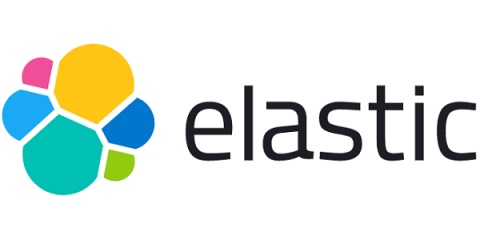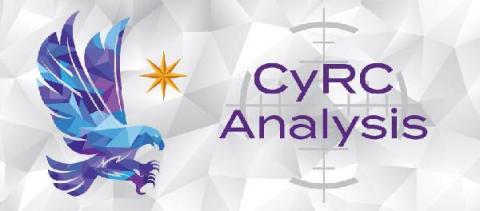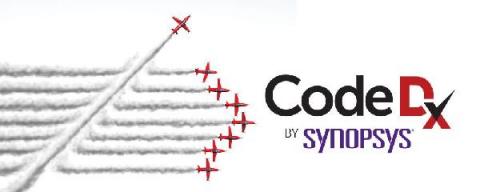Security | Threat Detection | Cyberattacks | DevSecOps | Compliance
Security
Open Redirects - Veracode AppSec Tutorials
SQL Injection - Veracode AppSec Tutorials
What Is DevSecOps and How To Implement It
DevSecOps follows the same trend as Agile and DevOps: how can developers create software that’s better, faster, and less expensive? The DevSecOps motto — “software, safer, sooner” adds the missing piece to the latest approach to quicker product development. Security, previously an afterthought in the product development lifecycle, is now becoming an integral part of the process.
Cloud Security Architecture: 5 Best Practices
Cloud programs like Slack and Google Drive allow businesses to work collaboratively and efficiently, often at a low cost. However, these cloud platforms open a business up to new levels of risk: sharing information via cloud programs can put customer data at risk. Cloud security architecture provides a way to recognize and remedy vulnerabilities that result from using cloud service providers (CSPs).
Evaluating content inspection engines for data classification applications
Many organizations recognize the emergent need to discover, classify, and protect their sensitive information stored in cloud applications (SaaS) and infrastructure (IaaS) via a dedicated cloud content inspection process. However, cloud-native detection engines are a relatively new technology, and many corporate Information Security teams or Product Security developers are, understandably, not yet familiar with how to effectively evaluate cloud content detection.
ProblemChild: Generate alerts to detect living-off-the-land attacks
In an earlier blog post, we spoke about building your own ProblemChild framework from scratch in the Elastic Stack to detect living off the land (LOtL) activity. As promised, we have now also released a fully trained detection model, anomaly detection configurations, and detection rules that you can use to get ProblemChild up and running in your environment in a matter of minutes.
CYBERTECH100: Redscan named in global list of cyber security innovators for the financial sector
CyRC Vulnerability Advisory: Denial of service vulnerabilities in RabbitMQ, EMQ X, and VerneMQ
CVE-2021-22116, CVE-2021-33175, and CVE-2021-33176 are denial of service vulnerabilities in three popular open source message broker applications.
Code Dx brings game-changing capabilities to Synopsys
Code Dx adds software vulnerability correlation, prioritization, and consolidated risk reporting. Today, Synopsys announced the acquisition of Code Dx, the provider of an award-winning application security risk management solution that automates and accelerates the discovery, prioritization, and remediation of software vulnerabilities.











